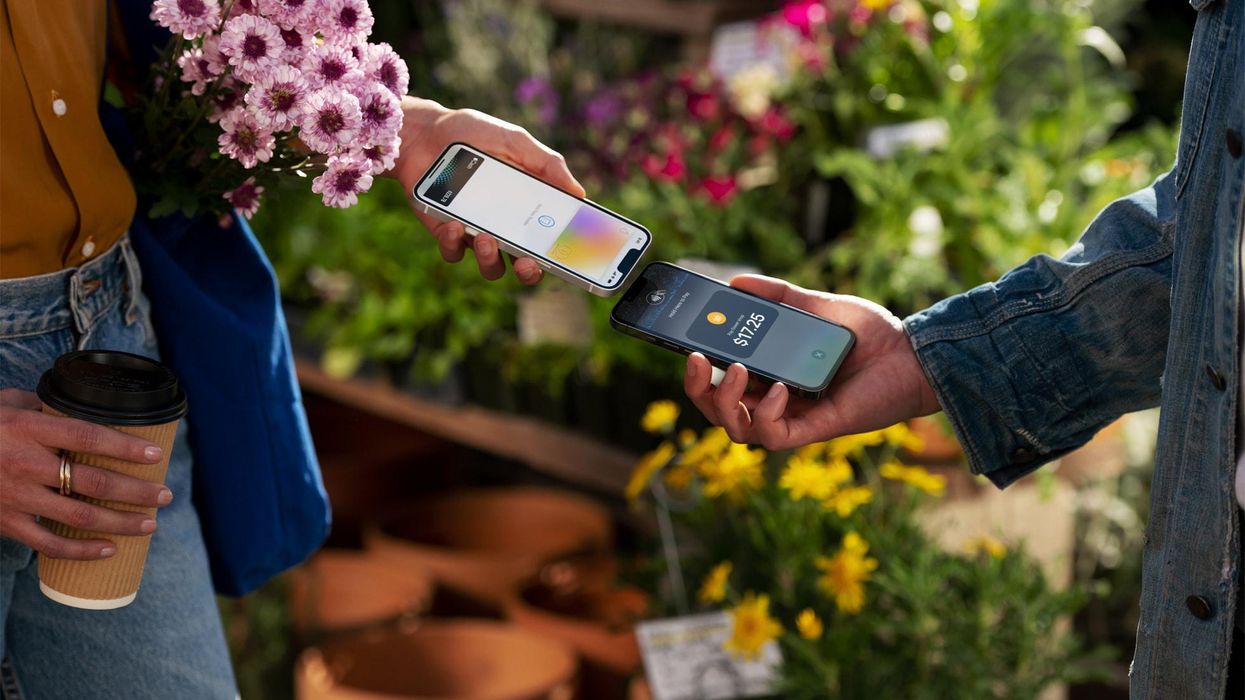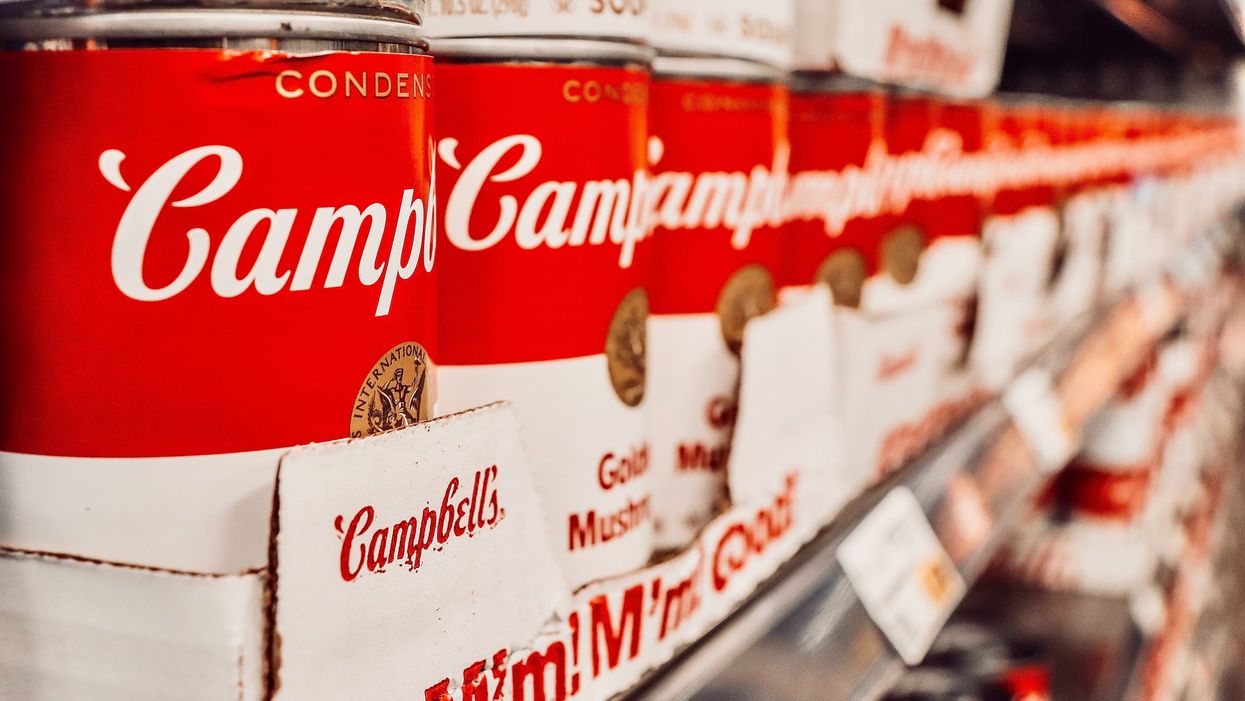An Apple feature that facilitates contactless, mobile-to-mobile payments will be showing up at more stores as the result of new integrations.
Eight months after launch, Apple’s Tap to Pay on iPhone is being added as an option by Shopify, as well as PayPal and Venmo.
The feature allows merchants to accept payments from cards through a digital wallet, and transfer funds simply by holding iPhones close.
Here’s how Apple described the way the feature worked when it was introduced in February:
At checkout, the merchant will simply prompt the customer to hold their iPhone or Apple Watch to pay with Apple Pay, their contactless credit or debit card, or other digital wallet near the merchant’s iPhone, and the payment will be securely completed using NFC technology. No additional hardware is needed to accept contactless payments through Tap to Pay on iPhone, so businesses can accept payments from wherever they do business.
Initially, Tap to Pay on iPhone was available through an integration with the payments platform Stripe. Now, it is expanding to additional providers that provide commerce infrastructure for merchants.
It's the latest way Shopify is looking to help merchants take their business offline. Amid this year’s return to more in-store shopping, Shopify has renewed a push behind its technology that powers physical retail and is seeing GMV grow in this area as a result. Earlier this fall, the company rolled out an updated hardware product, called POS Go, which offers a mobile device to enable checkout anywhere in a store. The Canadian company's physical capabilities are positioned for digitally native merchants who want to add physical sales as a new channel, and Shopify is also increasingly selling to more established omnichannel brands, as well.
With the integration of Tap to Pay on iPhone, Shopify is positioning a mobile phone as another tool for in-person checkout. Shopify said the feature will make it easier to accept payments at markets and fairs, as well as on studio visits or warehouse tours.
“Making the leap to selling IRL can be intimidating; we're making it easy,” Shopify President Harley Finkelstein wrote in a tweet. “Shopify is once again lowering the barrier to success and making commerce better for everyone.”
Along with commerce platforms, the feature is giving payment methods that are digitally native a place in physical purchases. Tap to Pay on iPhone will also soon be available for US merchant customers of PayPal and Venmo. Both payment platforms were born on the internet, but physical credits cards and the adoption of mobile payments by many retailers have helped them expand to millions of retail locations, per the company.
PayPal CEO Dan Schulman said on the company’s third quarter earnings call that Tap to Pay on iPhone will “allow PayPal's merchant base to easily use their iPhone as a mobile point of sale without the need for a dongle or other payment terminals. We believe that this, along with our other in-store initiatives, will continue to accelerate our opportunity to seamlessly process payments in the physical world for our merchants.”
It comes amid a series of integrations between PayPal and Apple. PayPal is also adding Apple Pay as a payment option in unbranded checkout flows on merchant platforms, including the PayPal commerce platform. Next year, US customers will also be able to add PayPal and Venmo network-branded credit and debit cards to Apple Wallet, and use them where Apple Pay is accepted. Schulman called the latter “a bigger deal than most people realize.” From the earnings call:
We've been doing this with Google Pay for quite some time. And we've seen, for instance, that Google Pay users in Germany, when they add their PayPal credentials there, there's a 20% increase in their branded checkout transactions. And so we also have the ability to create temporary digital cards that can even allow us to bring our buy now, pay later from branded checkout online to everywhere consumer shops. And so I think there are a lot of really nice unlocks.
In all, Schulman said, the integrations are "a significant step forward in our relationship with Apple and we are excited to work closely with them to bring these new capabilities to our mutual customers.”












